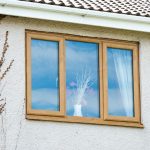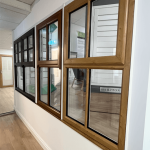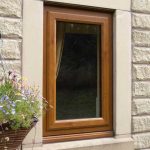Call us on 01443 423 423
As the cost of heating our homes continues to rise, many South Wales homeowners are looking for ways to improve energy efficiency. One of the most effective methods is installing energy-efficient windows, and to ensure you do so, you should choose ones with good energy ratings.
But what exactly are Window Energy Ratings, and how can they help you choose the right windows for your home? We’ve written this guide to help break it down in simple terms.
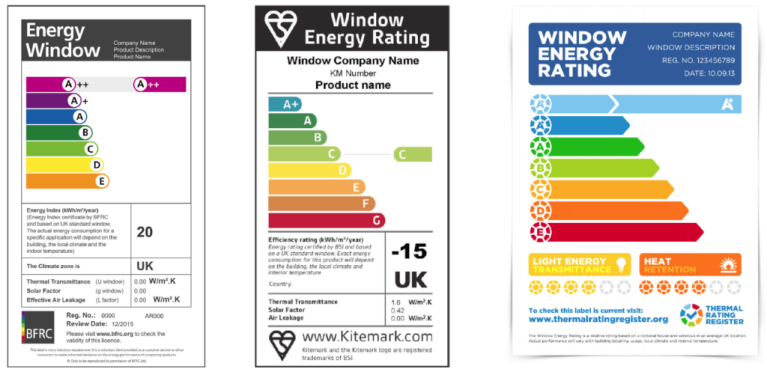
What are Window Energy Ratings?
Window Energy Ratings (WERs) are a standardised way to measure how energy efficient windows are, using a scale from G (least efficient) to A++ (most efficient). They consider heat loss, air leakage, and solar heat gain to give homeowners a clear picture of overall performance.
The Evolution of Window Energy Ratings
Window energy ratings haven’t always been part of our home improvement vocabulary. They were introduced in 2004 to help homeowners make informed choices about the windows they install, particularly as energy costs began to rise and environmental concerns grew.
The system was developed by the British Fenestration Rating Council (BFRC) and is a voluntary program that manufacturers can use to show the energy performance of their fenestration products through independent third party testing.
Before this rating system, comparing different window options was much harder. Homeowners had little information beyond what salespeople told them, making it difficult to know which windows would deliver better insulation and lower heating bills.
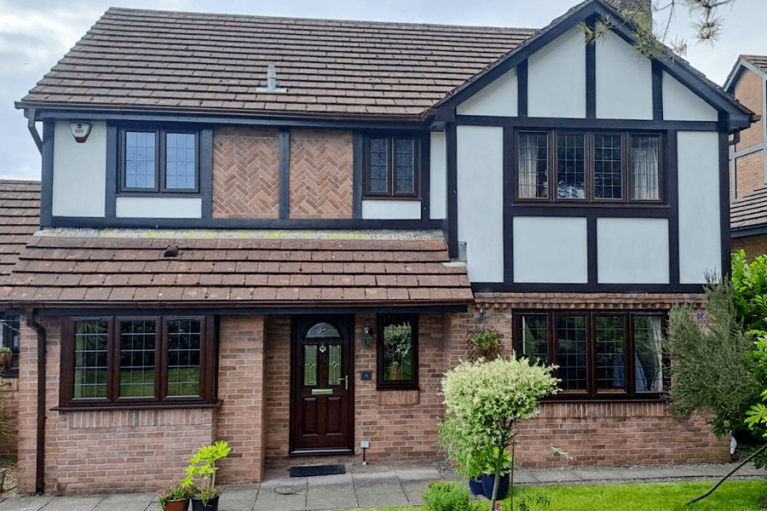
What Makes Up a Window Energy Rating?
When you see an energy rating, it’s combining several different performance ratings into one easy-to-understand grade. Here’s what goes into that final letter.
Thermal Performance (U-Value)
This measures the rate of heat transfer through the window. The lower the number, the less heat escapes from your home. This is important for your home comfort and for keeping your heating bills manageable.
Solar Heat Gain
This shows how much solar heat passes through the window. In some cases, a higher amount of solar heat gain can be good – it helps warm your home naturally. But too much unwanted heat can make your home uncomfortable in summer.
Air Leakage
This indicates how much air passes through the window. Low-quality glazing or a poorly installed window can let in draughts, no matter how good its other ratings are.
Visible Light Transmission
This measures the amount of visible light that passes through. Generally, you want more natural light, as long as it doesn’t result in losing energy efficiency.
What Do the Different Ratings Mean?
The BFRC rating scheme uses a rainbow-coloured scale similar to what you might see on home appliances:
- A++ to A: Excellent energy performance
- B to C: Good performance
- D to E: Average performance
- F to G: Poor performance
Windows with A ratings or higher are considered the most efficient windows available. These top performers provide excellent insulation, reduce overall heat loss, and can significantly cut your energy bills.
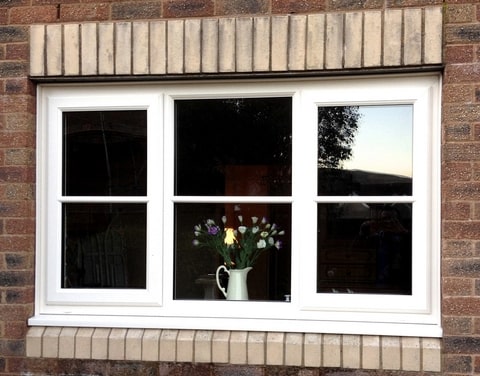
Futureglaze’s Energy-Efficient Window Options
At Futureglaze, we’re proud to offer windows that achieve ‘A’ ratings, with some of our uPVC windows achieving U-values as low as 0.8.
Each window style in our range uses advanced technology to trap heat effectively. From the multi-chambered profiles in our uPVC windows to the thermal breaks in our aluminium range, our windows are designed to keep South Wales homes warm while reducing energy costs.
When you choose windows from Futureglaze, you’re selecting beautiful windows that have been rigorously tested to perform well.
Improve Your Home with A-Rated Windows
Window energy ratings are a valuable tool for South Wales homeowners looking to improve their home’s comfort and reduce energy bills. By understanding what these ratings mean, you can make an informed decision about the best options for your property.
If you’re considering new windows for your home, we’d be happy to talk you through the most energy-efficient options and help you choose the right solution. With 37 years of experience serving South Wales homeowners, we know what works best in local conditions.
We offer a range of window styles, from uPVC and aluminium to casement, bay, flush and sliding sash. The best way to view and use these windows is by visiting our Gelli showroom.
For more information or to arrange a free, no-obligation quote, call us on 01443 423 423, email us at sales@futureglaze.co.uk, or use our online contact form.
Frequently Asked Questions
How can I use window energy ratings to compare different window products effectively?
Window Energy Ratings are designed to make comparisons easy. They combine U-values, solar gain, and air leakage into a single energy performance rating. Therefore, if the energy performance of windows is a priority for you, then you can start by looking for products rated A or above.
What are the most common misconceptions about window energy ratings amongst homeowners?
Many homeowners think the energy rating is just about keeping as much heat in as possible. It balances heat retention, solar gain, and the amount of light allowed through.
How much could I save by upgrading to A-rated windows?
This depends on your current windows and home, but many South Wales homes see noticeable reductions in heating bills. For a typical semi-detached house upgrading from single glazing, savings could be hundreds of pounds annually, while also improving comfort by reducing draughts and condensation.
